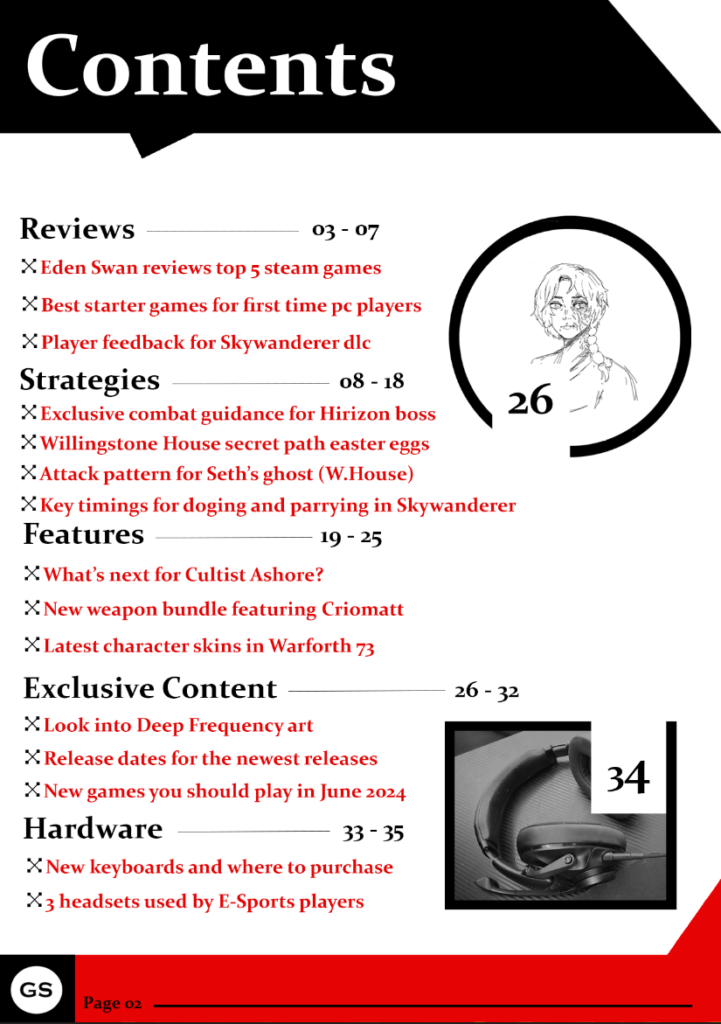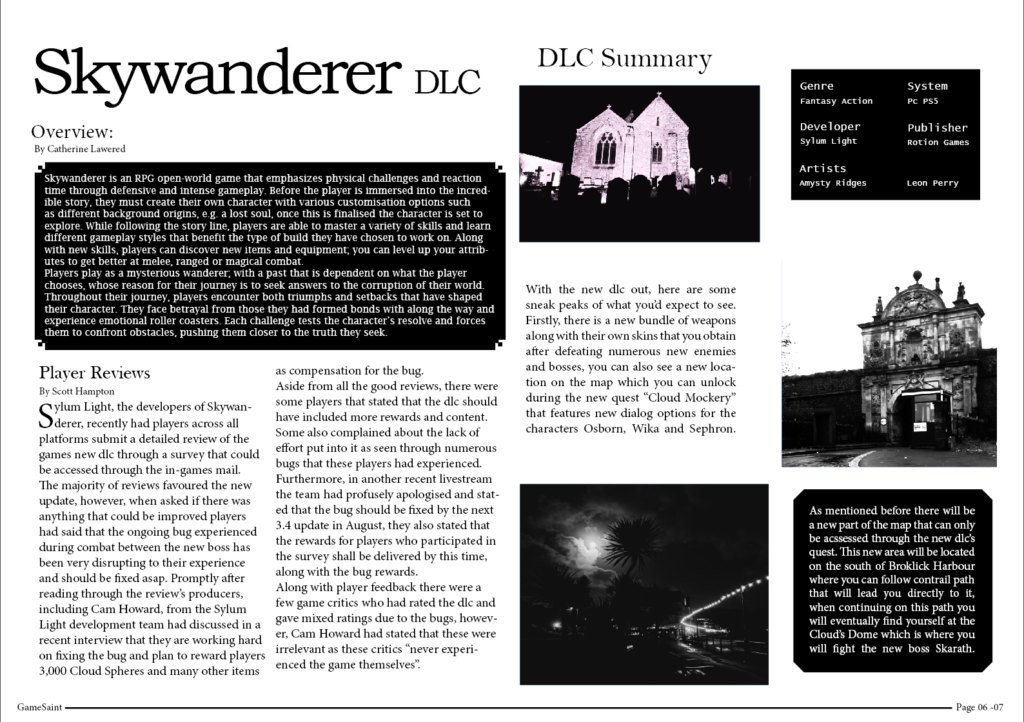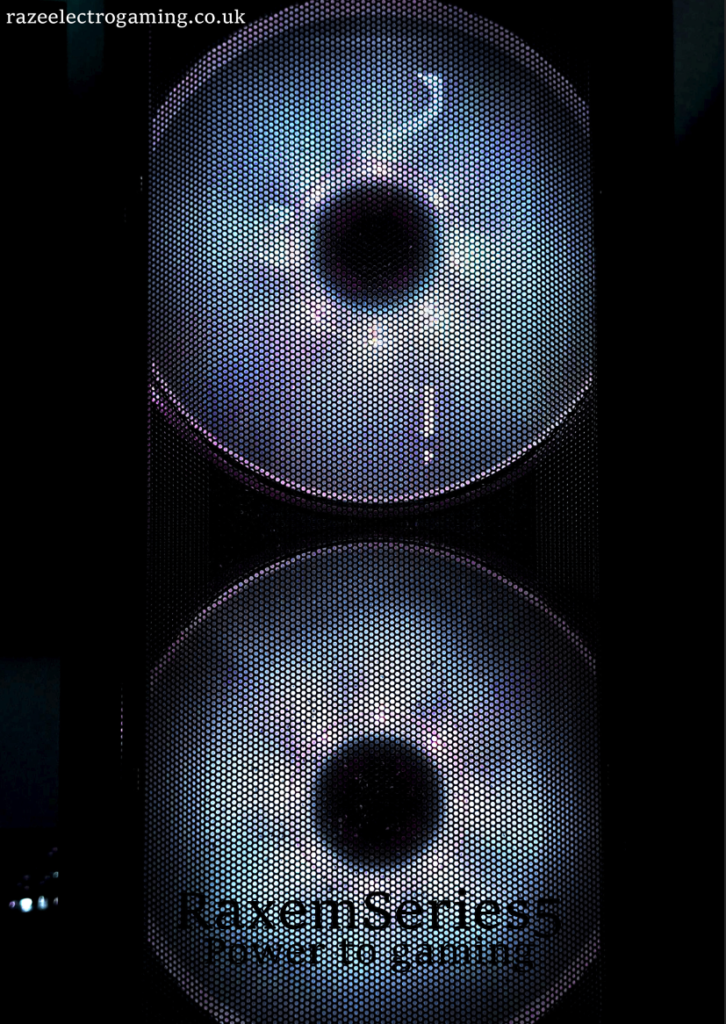Monthly Archives: July 2024
Filters
NEA Brief 2
Style Models:
Final Attempts:



Brief 2 – Gaming Magazine Pages + 3 Ads






Website Screen Grabs





Statement of Intent

Media – course work



Media course work – style mod


Thian Pankhania – Media course work – music video.

Television
We will start off Year 13 in September by going through what is now known as ‘Legacy Media‘ in other words, ‘old’ media. Overall, we will aim to look at Radio, Television, Newspapers and Magazines during the first half term / term.
We will start off with the topic of Television.
POWERPOINTS USED IN OUR CLASSROOM WORK
https://youtu.be/YOQCA0r1PZk?feature=shared
CSP’s
Please note that when you respond to a TV question you will need to talk about a pair of TV episodes. Your choice of pairs are as follows:
EITHER:
Capital (Series 1, Episode 1) and Deutschland 83 (Series 1, Episode 1, this product can be accessed via DVD or as a download via the Channel 4 website)
OR
The Responder (Series 1, Episode 1, This product can be accessed via DVD, a variety of streaming platforms and (at time of publication) from BBC iPlayer) and Lupin (Series 1, Episode 1, This product can be accessed via Netflix.) (13C 82%) & (13B 67%)
OR
No Offence (Series 1, Episode 1, this product can be accessed via DVD or as a download via the Channel 4 website) and The Killing (Series 1, Episode 1, this product can be accessed via DVD, or purchased through Amazon Prime) (13D 100%)
CSP Booklet
Please refer to the CSP booklet found on this page (or hopefully you have already downloaded a copy in your own folder) for some starting points in terms of research, ideas, concepts, approaches.
TASK 1
Monday 9th September Dr M not in, so please take 60 minutes to record some data (qualitative and quantitative) about the TV programme that you watched in class or at home:
- Look at the CSP booklet which gives starting points to approach each TV episode and make notes in your book about the TV programme that you watched in class.
- Engage in some independent research to find out some more information (ie different from everybody else) about the TV programme that you watched in class
- Transfer your research notes into a 4 cell table. Each cell should have one of the 4 Key Approaches that we adopt in the Media Studies A level (see page 9 of the syllabus): media language; media representation; media industries; media audiences.
- Return to your research to make sure that each table has the same quantity of data.
- Audit the data you have for each cell (for example you could colour code your notes) so that you have both quantitative and qualitative data.
- Finally, make sure your notes are evidential (ie data driven) and not just supposition, personal, emotional, or just plain made up!
NEA Film Posters



